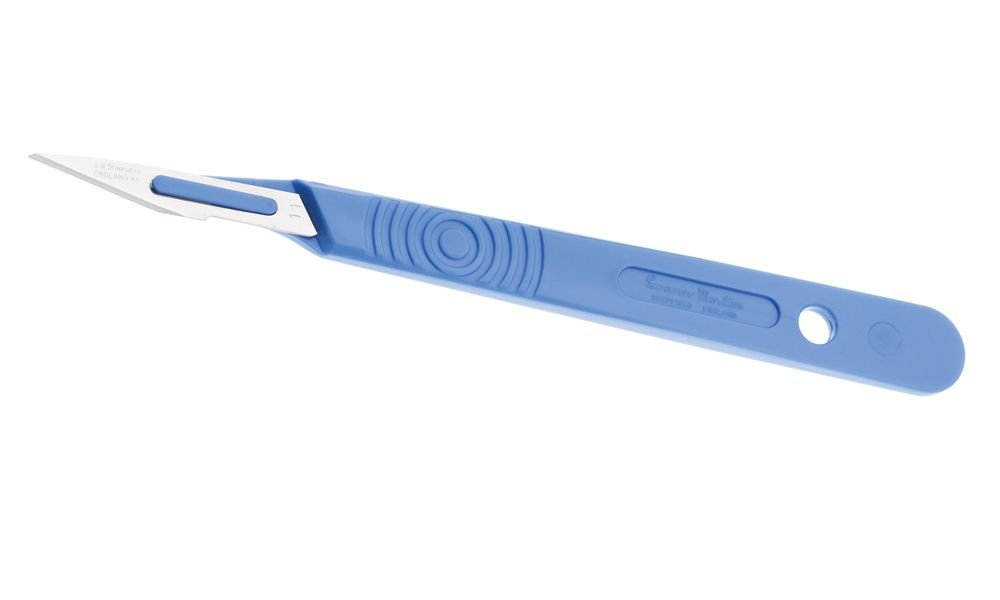As the head of the medical center, your job is to balance patient safety with the baseline. Even if you can find a good variety of reusable medical equipment, do your assignment to find out exactly what you are giving for. After all, medical maneuvers leave little opportunity for concessions. Being medical equipment organizers work with only the highest quality remanufactured medical equipment.
Some medical equipment can be bought but some are disposed of after use such as disposable scalpels or syringes. The potential value of medical equipment depends on some of the following factors:
Machine age
Obviously, the newer the car, the higher the value. Most devices have a useful life and pay for themselves in 5 years. Some are depreciated faster, others slower. Depending on the age and type of equipment, you can decide.
Use
Little used or intense? – At the same age, if the device has been used sparingly, the wear is less and therefore acquires a better value. Widely used devices are generally avoided or amortized.
Service history
Medical tools should be regularly maintained and calibrated as a preventive measure to keep them in good working order. Poorly maintained devices are generally in poor condition. When a good maintenance history is maintained, it becomes clear that the device is serviced regularly. You can also examine the types of errors that have occurred in the past, if any, and whether the errors reduce the value of the device in any way.
For example, failure analysis of more than 100 ultrasound machines in one study found that the errors were 30.5% due to the software, 40.7% due to the hardware, and 28.7% due to the ultrasound probe. Now it is easier to repair software updates and fixes, etc. Don’t tackle the repairs. Also, replacement of lenses, connection problems, broken cables, etc. is easier. It is handled with ultrasonic probes, but if the crystals break, the probe cannot be repaired at all.
Things to keep in mind when purchasing reusable medical equipment
Here are six things to keep in mind when purchasing reusable medical equipment from a supplier.
Choose your provider wisely. Do not buy used medical equipment from casual distributors that you have never perceived. You should know if a company has a good reputation and what is the relationship of the supplier by a manufacturer. Are you an authorized partner or reseller? Do they recommend vital basics like training and structure, as well as additional options like guarantees, sponsoring plans, or trade programs?
You know the serial number. Reusable devices can be tracked by serial number. Before making a decision, ask the dealer for a serial number so that he will be able to learn as much as feasible about the device. Write down the time of manufacture, delivery route, locations, software updates, and reminders. And corrective action.
Trust your instincts. If something is wrong, don’t take the supplier’s word for it. If the date of making is new, compare the age of the device with the half-life of that type of equipment in a medical amenity. Why would somebody sell a nearly new device?
Ask about the review and restructuring procedure. Find out what type of service, review, preventive maintenance or tests the device has undergone. Is the accompanying documentation available?
Don’t forget the little things. If your device is older, don’t forget to look for supplies, accessories, sensors, and replacement parts. If these items are discontinued, the device might not be able to serve you much longer.
How is it served? The availability of consistent service is unique and the most essential thing to deliberate. Reusable devices carry a higher threat of repair because some components are reaching the expiration of their useful life. Do your providers offer biomedical support and repair services? Do you offer service programs or parts supply programs?
This may look like a lot to think through, but these are important due diligence steps before making such a major purchase.
Related posts
Subscribe Now
* You will receive the latest news and updates on your favorite celebrities!
Meet the Author

Gillion is a multi-concept WordPress theme that lets you create blog, magazine, news, review websites. With clean and functional design and lots of useful features theme will deliver amazing user experience to your clients and readers.
Learn moreCategories
- Animals (6)
- Business (579)
- Cooking (3)
- Design (17)
- Education (59)
- Entertainment (62)
- FASHION (89)
- Fashion (39)
- Featured (19)
- FOOD (42)
- Guide (55)
- Health (290)
- HOME (184)
- Interior (14)
- Life (8)
- Lifestyle (111)
- Motivation (6)
- News (47)
- People (4)
- Photography (5)
- Review (4)
- Style (4)
- TECH (176)
- Travel (107)
- Uncategorized (1,441)



Stay connected